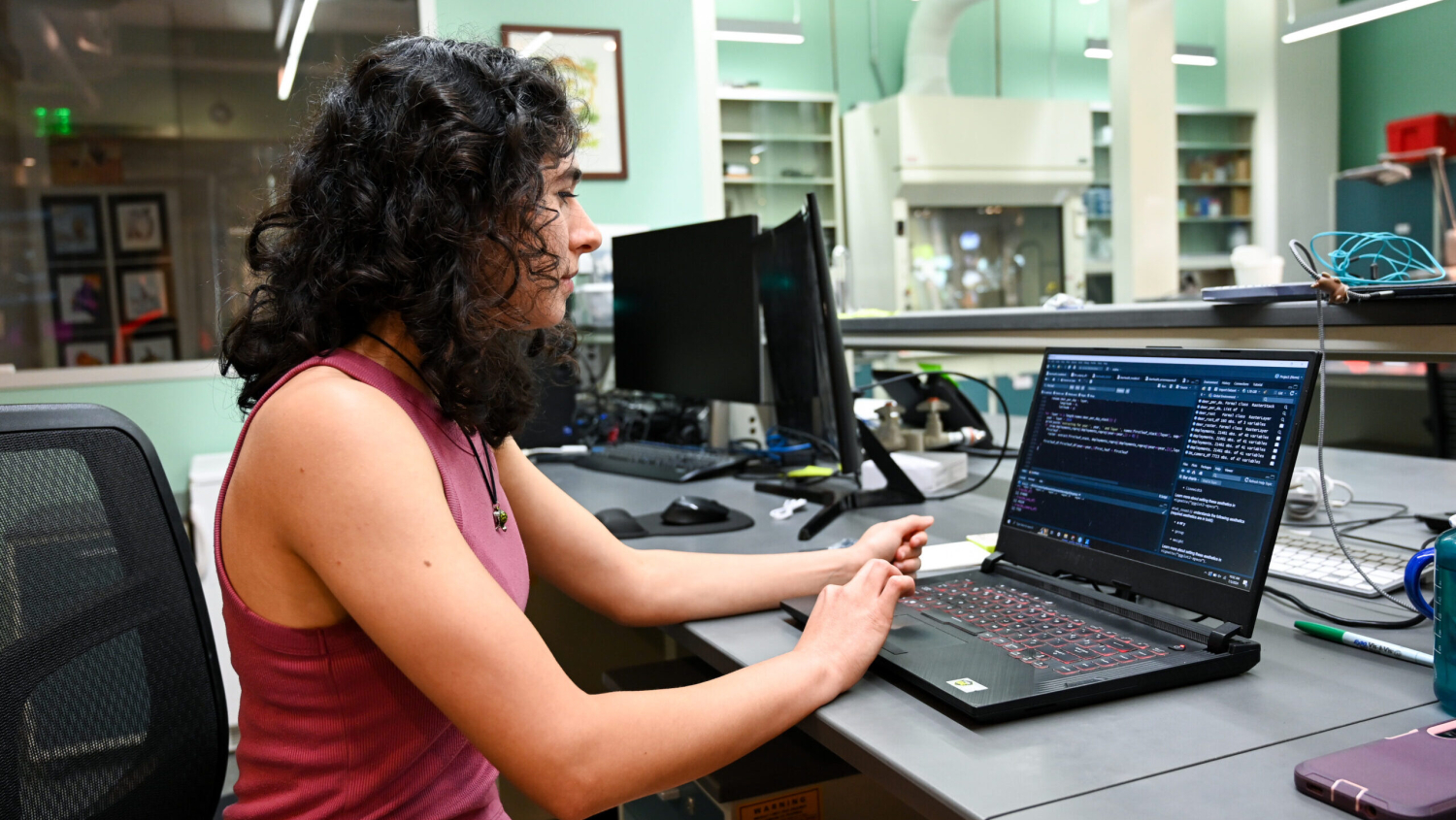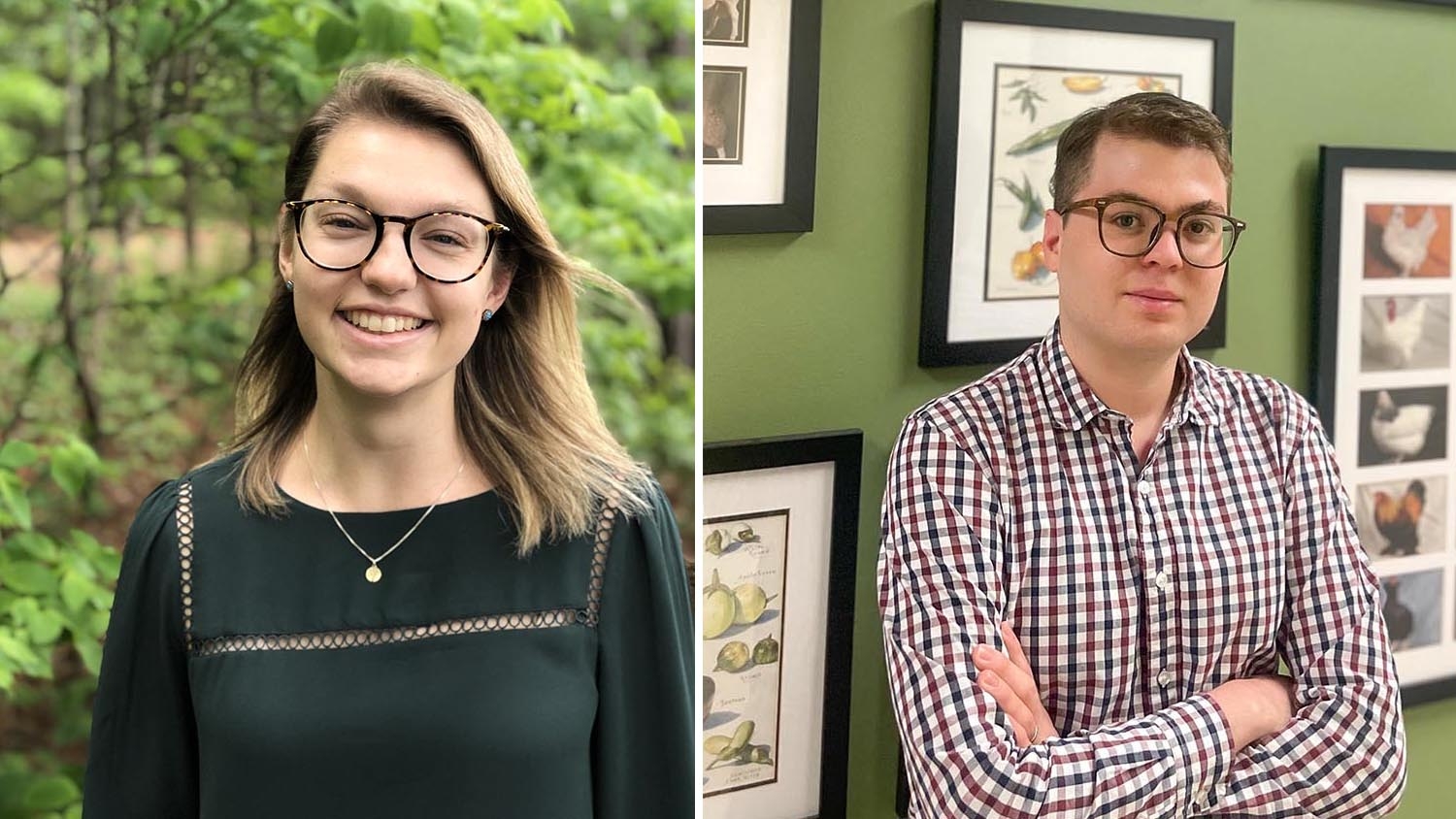What You Should Know About CRISPR

You’ve seen headlines and possibly even heard podcasts on the topic of genetic editing. If you have not yet memorized the acronym CRISPR, you may want to start.
Short for “Clustered Regularly Interspaced Short Palindromic Repeats” the term was coined in the early days of CRISPR research. Thanks (or blame) for the term is due to researchers Francisco Mojica and Ruud Jansen; now this strange-sounding acronym is on the lips of scientists and lay people around the world.
But what is it?
CRISPR is a naturally occurring gene editing system that is part of humans’ own biological defenses. It allows bacteria to identify and destroy foreign DNA.
CRISPR is also a game-changer for geneticists, molecular engineers and biologists. Scientific breakthroughs made in CRISPR are vital to what we know of today as better, faster, even cheaper, gene editing. And CRISPR is the tool that makes genetic engineering a changed reality. In 2015, CRISPR was hailed by the American Association for the Advancement of Science as the “Breakthrough of the Year.”
The excitement has not faded in 2017. CRISPR, or, CRISPR/Cas9 is considered a breakthrough with enormous scientific implications—and is very much on the minds of NC State’s very own geneticists and researchers.
“Since gene technology first emerged over 40 years ago, we’ve seen a wealth of genetic advances—not least of all the decoding of the human genome in 2001,” writes ABC science writer Bernie Hobbs. “But that’s nothing compared to the genetic revolution that we’re at the beginning of right now, thanks to a technique adapted from bacteria called CRISPR.”
As a breakthrough, it is a breathtakingly, fast-breaking one that calls for informed deliberation.
According to Mira Abed, a doctoral student at NC State in fiber and polymer science who had a fellowship through the AAAS in mass media science, “When it comes to CRISPR, our society has some important decisions to make.” She published an article on genome concerns which appeared in the Los Angeles Times this past August. (See page 14.)
Abed’s article came on the heels of a CRISPR/Cas9 development that month which enabled scientists to edit “heritable cells in human embryos to treat an inherited form of heart disease. The day after the research was published (in Nature), a group of genetics experts published a statement calling for further debate before applications of the technology are taken any further in humans.”
If scientists and ethicists are trying to catch their break, it is worth noting that CRISPR’s early days were not very long ago. George Church, a Harvard geneticist, argues, too, that there were a number of contributors.
“A small constellation of researchers aided in describing, isolating, and studying CRISPR decades before it was ever imagined as a gene-editing tool,” Church says. He calls CRISPR “kind of a community effort.”
Within that community is the name Rodolphe Barrangou.
In 2007, Barrangou (now an associate professor at NC State) published a Science paper while he was a scientist at DuPont with Philippe Horvath on bacteria’s natural defense system. He joined the faculty in 2013 and has been on the Thomson Reuters Highly Cited Researchers list in 2014 and 2015.
Last spring, Barrangou won the 2016 Warren Alpert Foundation Prize, which carries a cash award of $500,000.
Today, Barrangou is widely recognized among a field of researchers who each did seminal work on CRISPR. He is also the co-founder, chief science officer and chairman of scientific advisers, Locus Biosciences. These are early days in Barrangou’s research career; he is only 42.
Academic researchers Jennifer Doudna and Emmanuelle Charpentier are credited for developing CRISPR as the tool for cutting and editing DNA. They published their findings in 2012 in Science. Doudna (UC-Berkley) and Charpentier (Helmholtz Centre for Infection Research) began exploring ideas at a science conference. Their discussion led to a joint research effort.
Viruses possessed the means to kill bacteria and yet bacteria could fight back. How viruses successfully morphed and the implications of that led to editing cells on a molecular level.
Yet another scientist, MIT researcher Feng Zhang, has since entered a successful patent battle challenging their rights to CRISPR, for his work implementing that tool in human cells.)
The “constellation” of scientists contributing to CRISPR was at work in various corners of the world, most working independently of one another, both in industry labs as well as academia. All of which makes for a confusing timeline in the “discovery” of CRISPR. However, in the effort to simplify how CRISPR research unfolded, researchers complain that important contributions are overlooked.
As early as 1987, researchers Yoshizumi Ishino and Aniket Walia at Osaka University had identified the clustered repeats in DNA and even accidentally cloned them. Six years later, researchers in the Netherlands noticed the same sequences in tuberculosis strains and published their findings. Similarly, researchers working in Spain had also observed the repeating sequences occurring in other microbes. The various terms used to describe this were confusing; Mojica and his colleague, Jansen, proposed naming the syndrome CRISPR. The term stuck.
By 2005, other research teams were making independent observations about the role of CRISPR as it applied to bacteria’s adaptive immunity.
Also integral to understanding CRISPR is Cas9, a “delivery” tool used in the eA.Cas9, or, CRISPR associated protein 9, is the RNA-guided enzyme identified as the means by which it is possible to “cut” or edit, DNA.
Last spring, Barrangou won the 2016 Warren Alpert Foundation Prize, which carried a cash award of $500,000. The cash award was shared with four other recipients for their contributions to understanding CRISPR.
“His work has shown that CRISPR systems defend bacteria against unwanted invaders,” said NC State writer Mick Kulakowski in a news story last year.
“Barrangou is mostly concerned with CRISPR-Cas systems that use Cas9 proteins as scalpels to cleave away foreign DNA. Possible applications include genome editing, antibacterial and antimicrobial production, food safety, food production and plant breeding.”
Barrangou received the 2014 NC State Alumni Association Outstanding Research Award and the 2015 NC State Faculty Scholars Award. He also was named as the Dr. John S. Risley Entrepreneur of the Year in 2016.
The Take-Away
CRISPR is not the only means of editing genes. There are others. But CRISPR is far cheaper and faster—potentially costing less than $50, and therefore accessible and widely adopted by researchers. Gene-editing kits are available online.
According to researchers, the great promise of CRISPR is that it may provide a predictable means by which defective genes can be edited and repaired.
CRISPR has already been used in other countries on human embryos to “edit out” genetic defects. China conducted a clinical cancer trial last year using CRISPR, and elsewhere it is being used to edit embryos. However, in the United States, researchers are asking that CRISPR not be used in human applications as yet until all the ethical concerns, and safety concerns, are resolved.
CRISPR can also be used in plant and animal genetic editing.
Download this article as a PDF.
- Categories:


